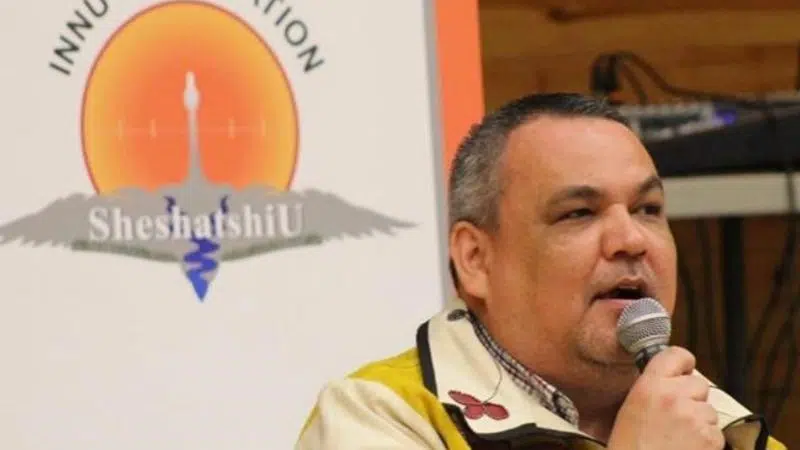
Sheshatshiu chief says resources coming together after suicide crisis declared
ST. JOHN’S, N.L. — The chief of a central Labrador Indigenous community facing a rash of suicide attempts says resources are beginning to come together that can pave the way for long-term solutions.
Chief Eugene Hart of the Sheshatshiu Innu First Nation says wide response from other communities and government agencies has helped establish much-needed 24-hour counselling services.
“It’s helping a little bit because it gives everybody a place to go,” Hart said in an interview Thursday. “The door is open and you can go there whatever hour you want.”
Earlier in the week, Hart issued a statement declaring a crisis after 10 suicide attempts by young people following the death of a 20-year-old woman last weekend.
